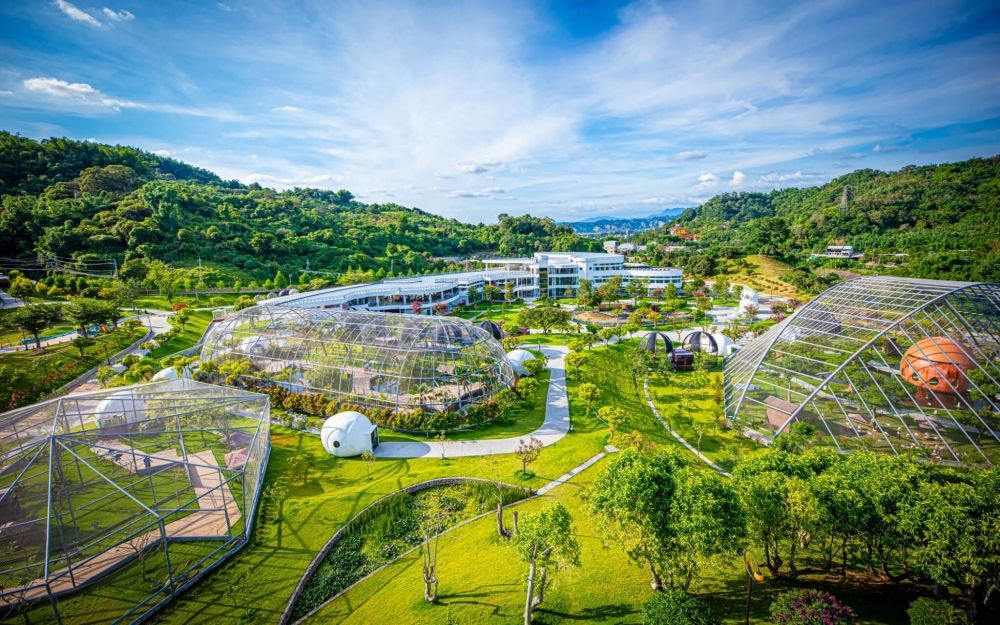

The picturesque Nantou County, nestled in the heart of Taiwan, is treasured for its lush landscapes and rich cultural heritage. Though not as frequented by international tourists as some of Taiwan's coastal cities, Nantou has gradually emerged as a beloved destination for those looking to embrace Taiwan's natural beauty and cultural depth.
Tourism in Nantou began to develop with the establishment of the Sun Moon Lake National Scenic Area in 2000, highlighting the beauty of the famous Sun Moon Lake. This lake has been a magnet for domestic tourists since the Japanese colonial era, noted for its serene waters and the surrounding rolling hills. The construction of the Ci'en Pagoda in the 1970s by Chiang Kai-shek in memory of his mother further cemented the area's status as a tourism hotspot.
Throughout the late 20th and early 21st centuries, Nantou began to capitalize on its natural assets by developing various recreational areas and improving infrastructure. Locations such as the Xitou Nature Education Area and the Hehuanshan National Forest Recreation Area became focal points for hiking, eco-tourism, and educational trips. The area's appeal was further bolstered by its cultural attractions, such as the Formosan Aboriginal Culture Village, which opened in 1986 and showcases Taiwan's indigenous cultures.
The devastating 7.3 magnitude earthquake that struck Taiwan on September 21, 1999, known as the 921 Earthquake, severely affected Nantou County. Despite the damage, the disaster also led to a surge in 'disaster tourism'. Visitors came to see the earthquake’s impact and support the area's recovery. Reconstruction efforts included the 921 Earthquake Museum of Taiwan, which now serves both as a memorial and a tourist attraction.
Today, sustainability and eco-tourism have become buzzwords in the Nantou tourism industry. Alishan National Scenic Area, home to ancient forests and the famous Alishan Forest Railway, emphasizes conservation and sustainable tourism practices. The annual Sun Moon Lake International Swimming Carnival draws swimmers from around the world, showcasing the lake's cultural significance and attracting global attention to Nantou's natural wonders.
Agri-tourism is another growing trend in Nantou, with visitors flocking to experience fruit picking and local agriculture, blending tourism with education about sustainable farming practices. Additionally, Puli Township in Nantou is gaining recognition for its wineries and breweries, offering a different flavor of tourism.
In recent years, bicycle tourism has seen a rise, with the establishment of dedicated cycling routes around Sun Moon Lake and other scenic parts of Nantou. The county has embraced this environmentally-friendly mode of exploration, adding to its reputation as a destination for nature lovers.
Nantou continues to develop its tourism sector with a focus on preserving its natural and cultural assets. Efforts to promote Nantou as a premier tourist destination are coupled with initiatives to ensure that growth in tourism is sustainable and benefits local communities. As trends evolve, Nantou's commitment to highlighting its unique natural and cultural heritage while fostering responsible tourism practices ensures that it will remain one of Taiwan's treasured hidden gems.